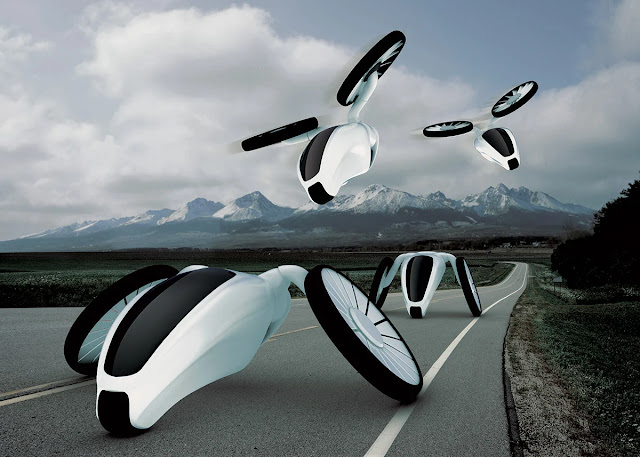The future of transportation include, modifications in consumer behavior, and legislative choices will all have an impact on the way we travel in the future. Next years goal is transportation systems that are more ecologically friendly, safer, and more effective.
Autonomous and electric cars :
Electric vehicles (EVs) are becoming more and more worldwide, and this trend is projected to continue. Additionally being researched and tested are autonomous vehicles (AVs), which are anticipated to become increasingly prevalent in the future.
- Cars that can sense their surroundings and navigate without the help of a driver on their own.
- This type of vehicles include automobiles, vans, buses, and other kinds of transportation.
- They combine a variety of sensors, including cameras, lidar, radar, and GPS, to acquire data about their environment and make navigational judgments.
Public Transportation :
Improvements to public transit, including buses and railways, are increasingly being prioritized in order to increase their effectiveness, practicality, and accessibility. Smart transit systems that can instantly optimize timetables and routes may be one example of this.
- Hyperloop technology is on the way ,Using vacuum-sealed tubes and high-speed trains to travel between cities. Although this technology is still in its infancy, it has the power to completely alter long-distance travel.
- The application of augmented reality and virtual reality to give real-time information and guidance while improving the passenger experience.
- More emphasis should be placed on the use of renewable energy sources to power public transportation, such as solar and wind power, in order to lessen transportation's environmental impact.
Air and Space Travel :
Technological advancements are allowing air and space travel to become more efficient and accessible to the general public. This might involve supersonic planes and space tourism.
- Soon there will be an increased usage of electric and hydrogen-powered aircrafts, they have the ability to minimize the environmental impact of air travel.
- The development of reusable rockets and spacecrafts will play a crucial role in the space travel business in the future. This will make space travel more economical and environmentally friendly.
- Companies like SpaceX already have reusable rockets, and NASA is developing reusable space aircraft like the X-37b, which will be a big trend in the space travel industry.
Space Tourisms for civilians :
Overall, developments in technology, changing consumer preferences, and the need to address environmental issues will define the future of air and space travel. The sector is predicted to become more sustainable, efficient, and accessible in the future.
- Another possible development is space tourism, which would allow more people to go to space. Suborbital flights, space hotels, and even space-based research and industrial centers might be included.
Developing Smart Cities :
Smart cities and transportation are inextricably linked, since smart city technology may significantly increase the efficiency and sustainability of transportation systems.
- Real-time traffic and transportation data are used to optimize traffic flow, sensors and cameras are used to monitor road conditions, and smart technology is integrated into public transit systems to improve the passenger experience and offer real-time information.
- This might entail establishing special lanes for self-driving vehicles as well as implementing smart traffic control technologies.
- Smart cities also incorporate smart parking solutions and bike-sharing systems, which can minimize traffic congestion and improve transportation accessibility. These solutions combine IOT and data analytics to improve parking space and bike usage.
Connected Transportation :
The Internet of Things (IoT) is predicted to have a significant role in transportation in the future. Connected automobiles, for example, will be able to connect with other vehicles as well as infrastructure in order to increase safety and efficiency.
- The use of wireless communications and networking technologies to link cars and infrastructure, such as cellular, Wi-Fi, and dedicated short-range communications (DSRC).
- The integration of data, such as weather, traffic, and events, with transportation systems to deliver real-time information, such as rerouting, to passengers and drivers is known as linked transportation.
- Connected transportation also involves the integration of different modes of transportation, such as cars, buses, trains, and bikes, as well as the usage of smart-ticketing systems that allow passengers to pay with a single payment method for several means of transportation.
Drones and transportation :
Drone-based aerial transportation, such as air taxis, might significantly cut travel times and improve accessibility in metropolitan areas. Although this is a new industry, firms such as Uber and the Chinese startup EHang are already exploring air taxi solutions.
- Drones have the potential to transform transportation, notably in product delivery and emergency response. Companies such as Amazon and UPS are already experimenting drones for package delivery, and this technology is anticipated to become more common in the future.
- Drones might potentially be used to check, monitor, and maintain transportation infrastructure including roads, bridges, and rail lines. This would increase the efficiency and safety of transportation infrastructure management significantly.







0 Comments